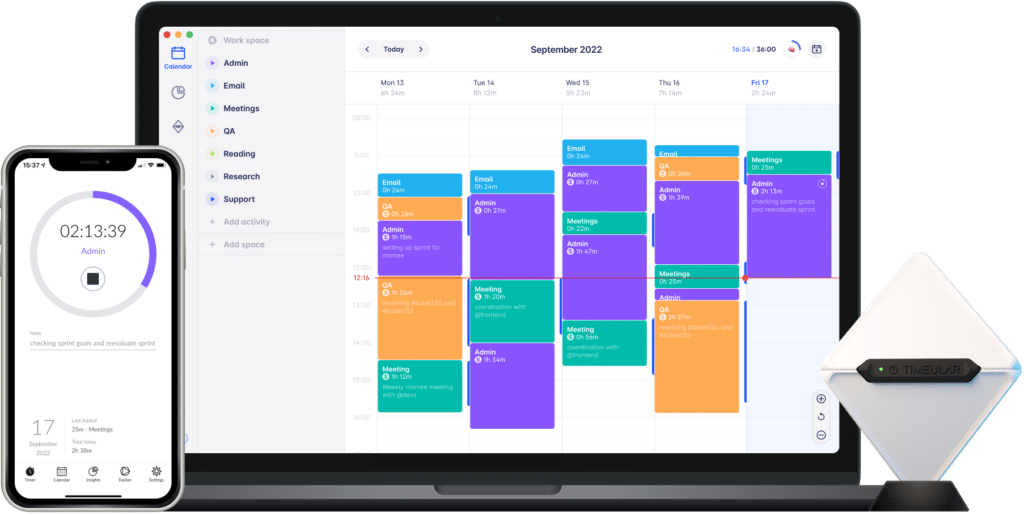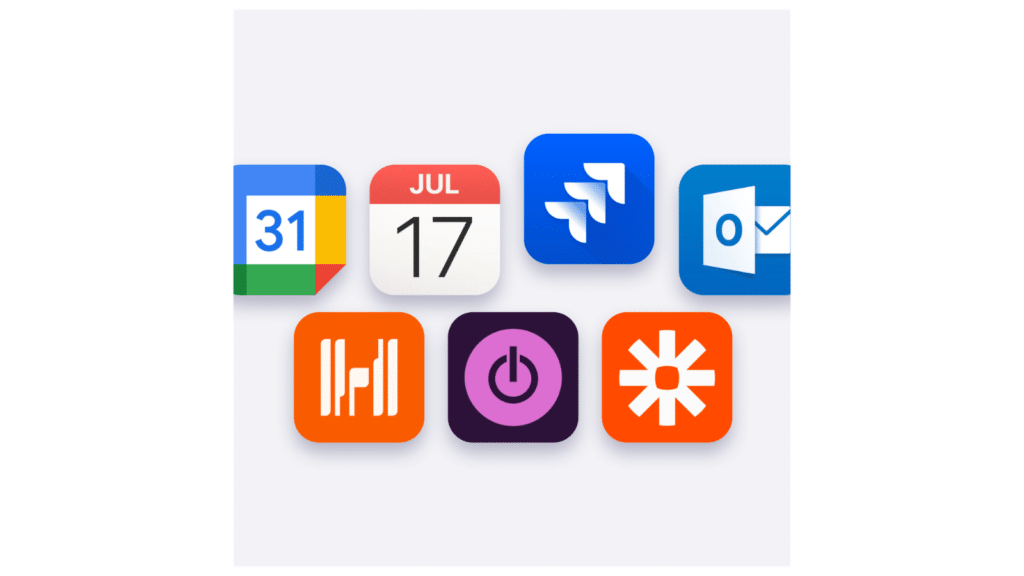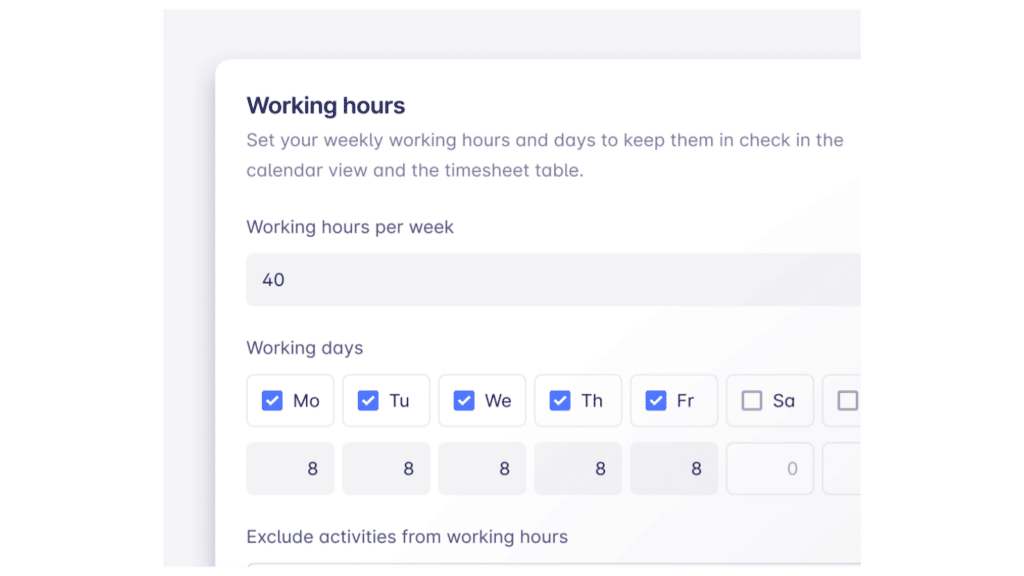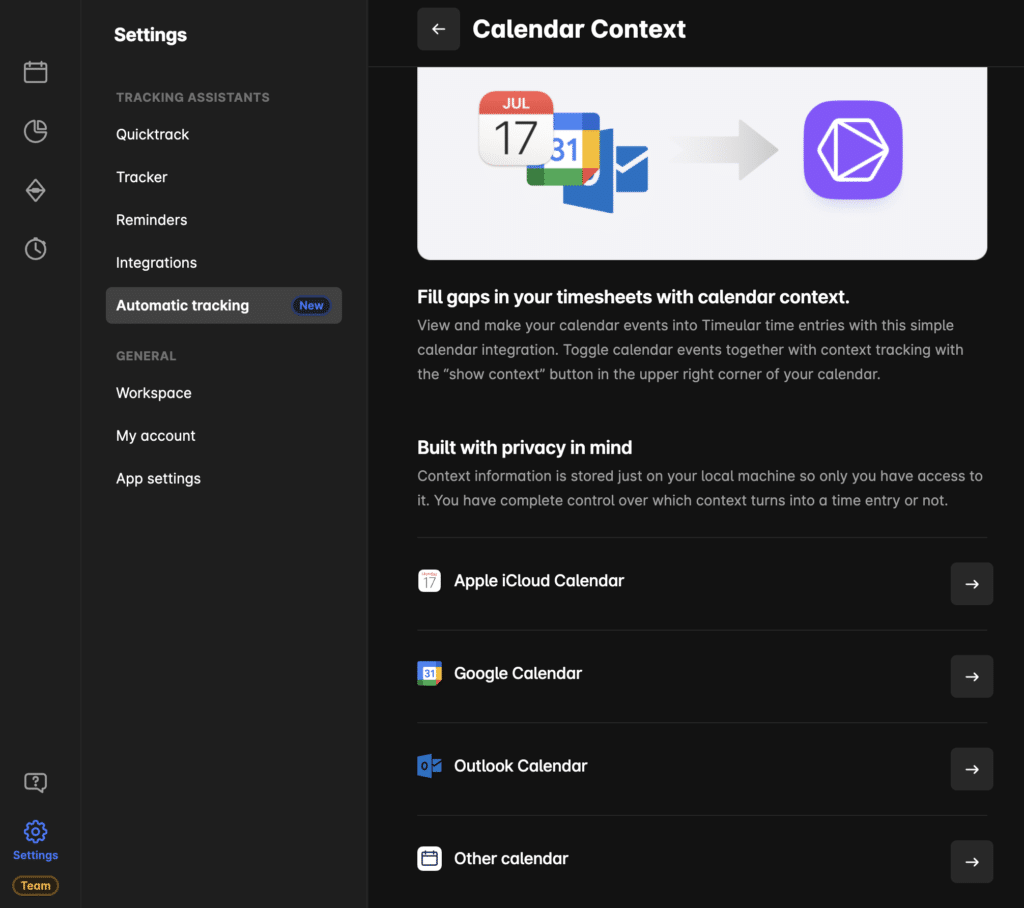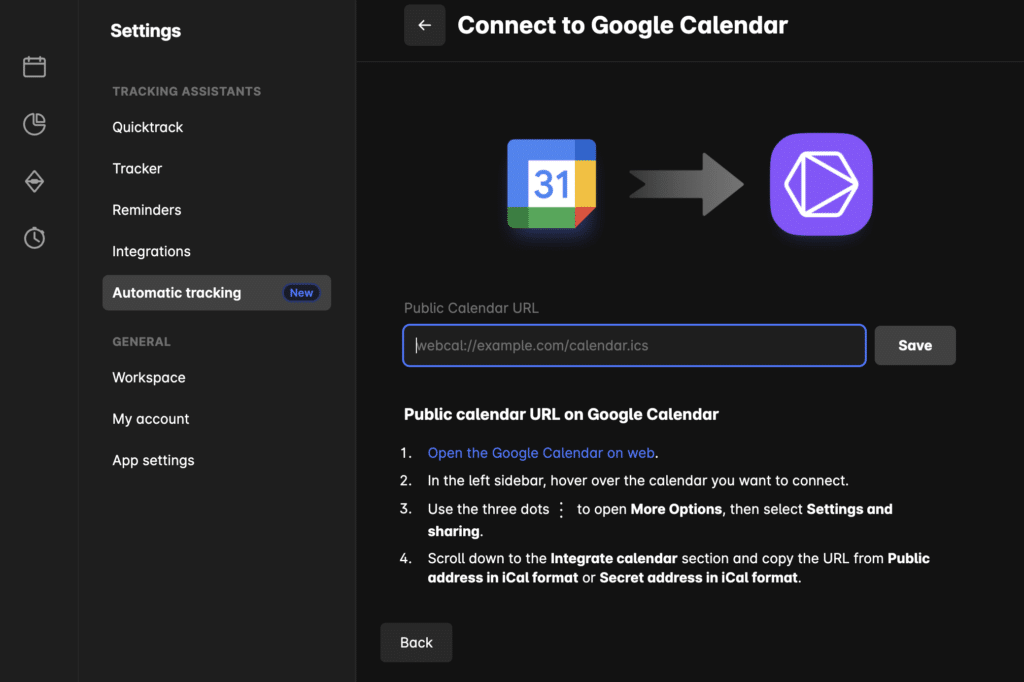Time Tracking in Google Calendar in 2 Minutes
Google Calendar is a free web-based calendar service developed by Google. It allows users to create and manage events, set reminders, and schedule appointments. It’s designed to help individuals and groups keep track of important dates, meetings, and activities.
But, regarding time tracking, Google Calendar does not provide built-in time tracking features. Thankfully, there’s a solution!
Looking for a fast, simple and accurate way to track time in Google Calendar?
In this article, you will learn how to set up time tracking in Google Calendar with Timeular, an external tool that makes time tracking simple.
Does Google Calendar provide time tracking?
No, Google Calendar does not have a native time tracking feature. This means that you cannot track time in Google Calendar without proper Google Calendar time tracking integration.
While it is a powerful tool for scheduling and managing events, Google Calendar primarily focuses on time management, event organization, and scheduling rather than tracking time.
Why it’s critical to track time in Google Calendar
Despite lacking a native time tracking feature, tracking time on Google Calendar can be beneficial for several reasons, especially for individuals and teams looking to improve productivity, efficiency, and time management.
- Productivity improvement: Time tracking allows you to evaluate how you spend your time throughout the day. It can reveal areas where you might be wasting or spending too much time on less critical tasks.
- Better task prioritization: You can prioritize your work more effectively by recording the time spent on different tasks or projects. This helps in focusing on high-impact tasks and managing your to-do list efficiently.
Read: How to prioritize tasks and the 10 best prioritization techniques. - Meeting efficiency: When using Google Calendar for scheduling meetings, you can track how much time you spend in meetings versus your productive work hours, leading to less unproductive meetings.
- Time management: Tracking time in Google Calendar encourages you to create a schedule and stick to it, which can lead to better time management and reduced procrastination.
- Identify time wasters: Tracking your time can reveal activities that are not contributing to your goals. This can help you eliminate time-wasting activities from your day, for example, unproductive meetings that are stealing a lot of your time.
- Accurate billable hours: For those who bill clients based on their work hours, tracking time accurately on Google Calendar helps generate accurate invoices.
- Data-driven decision making: By collecting data on your time usage, you can run time audits and make informed decisions about optimizing your daily routines, work processes, and overall time allocation.
Timeular: The Google Calendar time tracking integration you need
While Google Calendar lacks native time tracking features, it seamlessly integrates with Timeular, a standalone time-tracking app trusted by over 50,000 users and numerous global teams (explore reviews and customer success stories).
Timeular proves to be a valuable tool for enhancing time tracking within Google Calendar, offering a range of features to optimize your time management.
Track time spent on meetings – effortlessly, automatically!
Especially for businesses that bill by the hour, remote teams, consultants, coaches, trainers, advisors, and digital agencies, the integration of Google Calendar with Timeular holds significant advantages. It provides insights into time utilization and supports more accurate client billing.
Now, let’s delve into the remarkable time tracking capabilities of Timeular:
A physical time Tracker
Timeular is widely known for its physical time management cube that connects to the app via Bluetooth. As you can easily customize it through colorful stickers and pens, the 8-sided dice serves as a physical reminder to track time regularly.
However, with the Tracker you don’t need to open the app to manually start or stop tracking time of a particular meeting or task. Simply flip your personalized Tracker to start tracking a new activity. This way you can track 1,000+ different activities.
Please note: You don’t need the Tracker to use Timeular software – it’s optional!
Time tracking takes less than a minute a day
Timeular’s interface is easy to navigate, whether on mobile or desktop. Its calendar-like interface allows you to track time intuitively like you’re using a calendar, making it even more convenient when integrating the app with Google Calendar.
In Timeular you can pick the time tracking method that best adapts to your workstyle: flip a physical time Tracker, use keyboard shortcuts, or automatic time tracking – they all ensure a smooth and fast tracking experience.
Effects? Time tracking takes less than a minute a day!
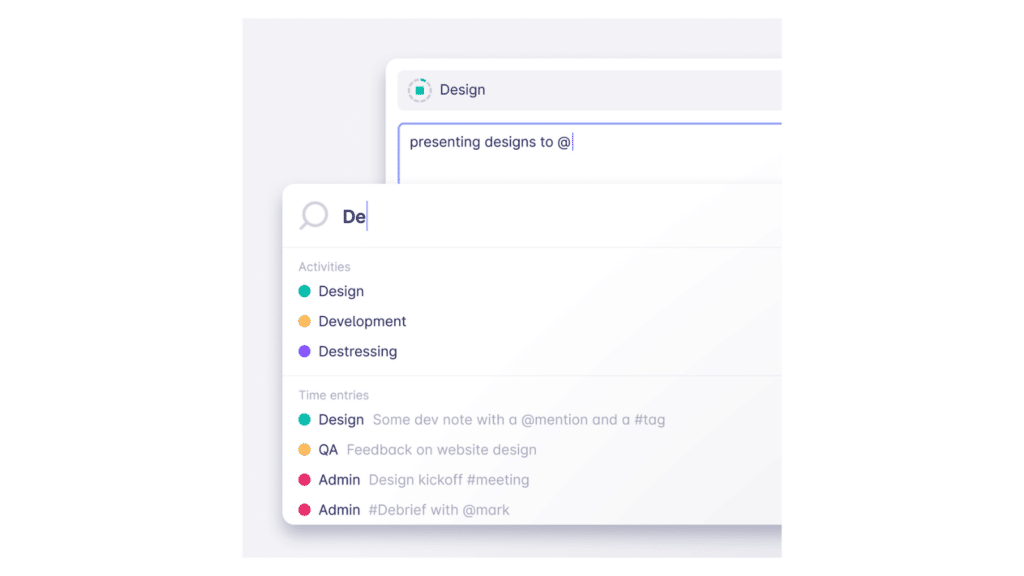
Accurate time tracking
Individuals and teams enjoy using Timeular for its seamless time tracking experience. This, in turn, leads to higher adoption of time-tracking procedures and more accurate timesheets. It’s not cumbersome, and hence – there is no reason to ditch time tracking!
Please note: Even if a user forgets to add a time entry on time, an automatic time tracking feature will help them retrieve this information swiftly, providing information about the apps and websites used at a given time.
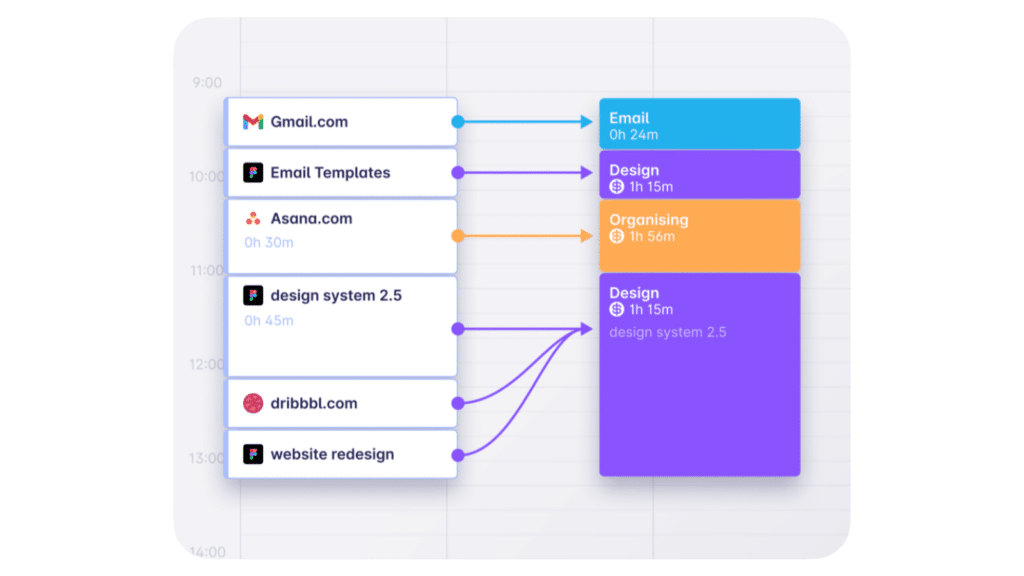
3,000+ integrations
Timeular integrates with the most popular calendar apps, project management tools (i.e. Asana, Clickup, Basecamp), payroll, and invoicing apps.
This way, you can easily transform your Google Calendar events into time entries and have a clear idea of how time is used on meetings and other projects without the need to go back and forth when filling your timesheets.
It’s perfect for teams
Timeular is a reliable team time tracker with many features to facilitate collaboration and resource allocation. Teams can track their time and share calendar entries, notes, and other tags with their teammates, allowing better coordination of tasks and improved team productivity.
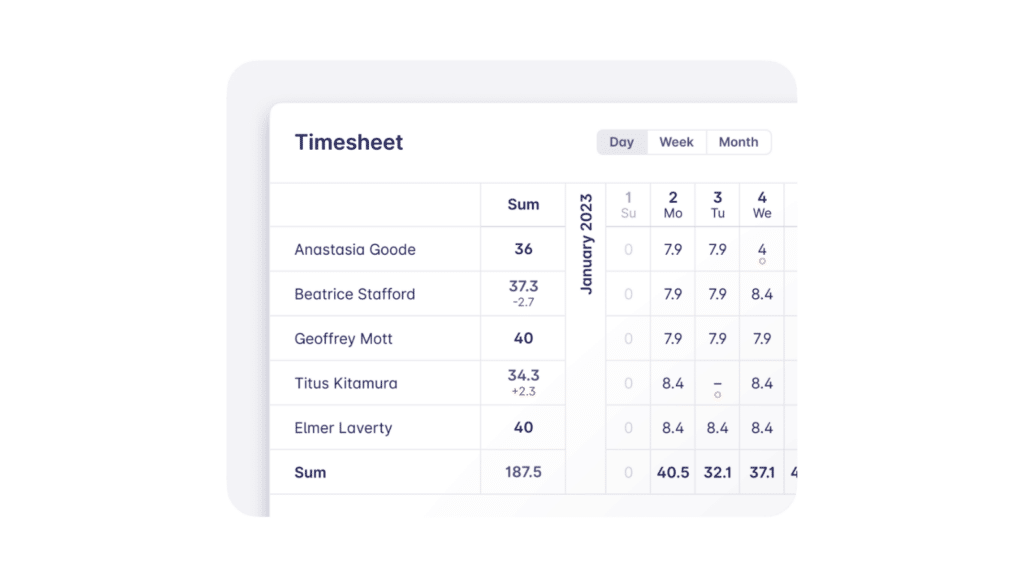
Tracking billable hours
Timeular also works as a billable hour tracker. With Timeular, you can define each activity as billable or non-billable and assign your billing rates accordingly, improving accuracy and maximizing profits.
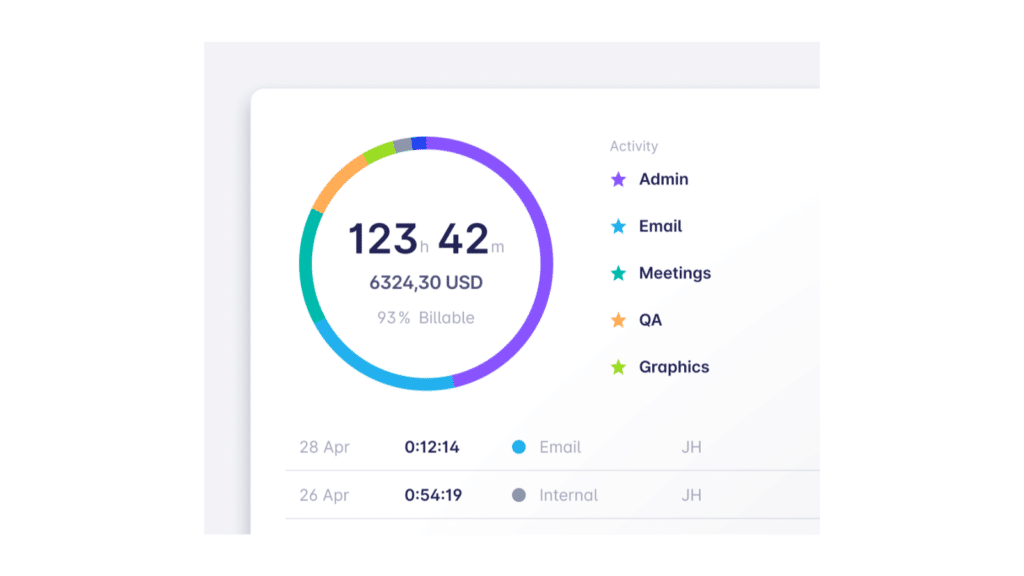
Detailed reporting
Timeular is a time tracking app that provides accurate reports that give clients a detailed vision of the work. It is also possible to automate time-tracking reports and tailor them according to your client’s needs, analyze trends, and pinpoint time-consuming activities.
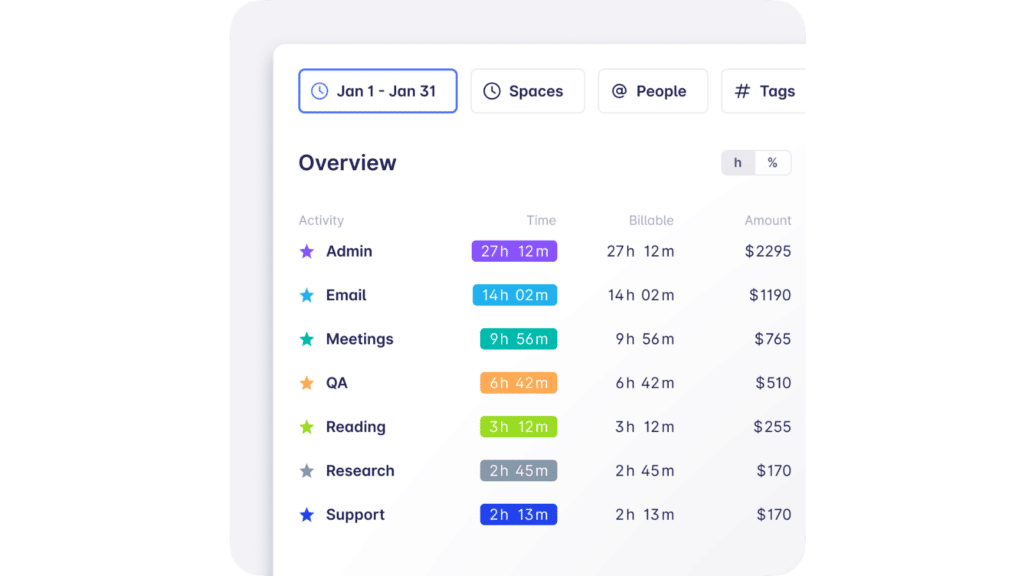
Project budgets under control
Through this Google Calendar time tracking integration, Timeular also works as a project time-tracking app that allows you to effortlessly monitor the time dedicated to particular projects, tasks, or clients.
Just input the hours allocated for each project (a time budget), and you’ll receive timely notifications as you approach predefined limits, helping you avoid exceeding budgets and over-serving your clients.
With this Google Calendar time tracking integration, you can track the time of specific projects, tasks or clients.
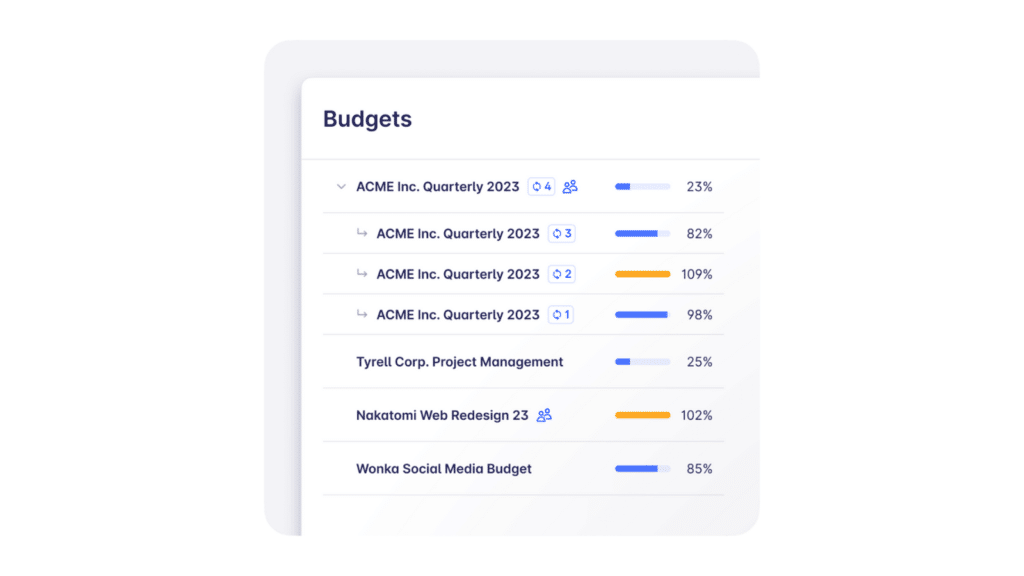
Tracking overtime? It’s included!
Timeular also works as an automatic overtime tracker.
If you want, it automatically records extra hours worked in your project or team. Both overtime and deficit hours are calculated automatically based on configured work schedules and requested leave.
Manage work hours and time off all in one spot
You can use Timeular as a work hours tracker to track work time with zero effort or frustration automatically. Plus, Timeular offers a smooth leave management system, allowing you to monitor and handle all types of leaves. It’s all in one!
Features summary
By integrating Timeular with Google Calendar, you gain valuable insights into your time allocation, optimizing efficiency and boosting productivity.
This integration streamlines the time-tracking process by allowing you to directly import events into time entries, ensuring accurate time allocation and enhancing your overall time management experience.
How to track time in Google Calendar with Timeular
You can easily connect your Google calendar (as well as other calendars like Apple, Outlook, or another provider) with Timeular, by following the 3 steps:
Step 1: Sign up for free
First, sign up to Timeular. Create a free account, which takes up 1 minute, no more.
Create a free Timeular account
Try Timeular, which provides frictionless time tracking and seamlessly integrates with Google Calendar
Step 2: Add your Calendars
Go to Settings > Automatic tracking in the Timeular app. Within the Calendar context area, select your calendar provider and follow the on-screen instructions to establish the connection.
Please note that your calendar must be public to connect it with Timeular. Once successfully connected, a green check mark will indicate it.
You can connect multiple calendars from different providers.
Step 3: Track time in Google Calendar
When you’re in the Timeular Calendar view, simply click the Calendar integration icon located in the top right-hand corner. This action will display an overlay of your calendar events.
If you click on any of these overlaid calendar events, you can easily generate a Timeular time entry from them. Click the Calendar integration icon again to remove the calendar event overlay.
And that’s it. You can start tracking your Google Calendar entries with Timeular.
For a more detailed walkthrough, and further information on how to sync time entries to your calendar, visit the Support article.
Conclusions about time tracking in Google Calendar
In the current working landscape, where employees are spread in different working settings, organizations are searching for solutions to reduce costs, make more efficient use of time, and increase productivity having the best tool to track time is a powerful resource.
By knowing where your time is going and how much it costs you, you can identify areas where you can make changes to improve your workflow.
That is why Timeular is the best Google Calendar time-tracking integration. It offers a simple but effective solution that can be easily integrated into a powerful tool such as Google Calendar.
If you are looking for a way to improve your time tracking in Google Calendar, Timeular is the most suitable solution to help you optimize time tracking and get the most out of your Google Calendar.
Whether you aim to gain better insights into your team’s time management or to ensure more precise client billing, Timeular will ensure that you have the right tools to track time simply and more accurately.
TIP: Read our article and find out why Google is one of the best Android planners.
FAQ
How to use “Find a time” in Google Calendar?
To use “Find a time” in Google Calendar, start by creating an event and inviting your guests. In the event details window, you’ll find the “Find a Time” option just below the event title.
After clicking on it, you’ll see a side panel that displays the schedules of invited guests in different colors, indicating their availability.
If “Find a Time” cannot find a time when everyone invited is available, it will suggest the most convenient times based on the participants’ availability.
You might be interested in:
